I am totally new to signal processing and am trying to make a program that shows the amplitude of low frequency signals in a PCM (WAV) file.
So far, I've been able to read in the WAV file and populate an array (actually a multi-dimensional array, one for each channel, but let's consider only on a channel-by-channel basis) of float with the data points of the sound file taken from the WAV. Each data point is an amplitude. In short, I have the time-domain representation of the sound wave.
I use this to draw a graph of the amplitude of the wave with respect to time, which looks like:

My goal is to do exactly the same, but only display frequencies below a certain value (eg. 350Hz). To be clear, it's not that I want to display a graph in the frequency domain (ie. after a Fast Fourier Transform). I want to display the same amplitude vs. time graph, but for frequencies in the range [0, 350Hz].
I'm looking for a function that can do:
// Returns an array of data points that contains
// amplitude data points, after a low pass filter
float[] low_pass_filter(float[] original_data, float low_pass_freq=350.0)
{
...
}
I've read up on the FFT, read Chris Lomont's code for the FFT and understand the "theory" behind a low-pass filter, but I'm finding it difficult to get my head around how to actually implement this specific function (above). Any help (+ explanations) would be greatly appreciated!


